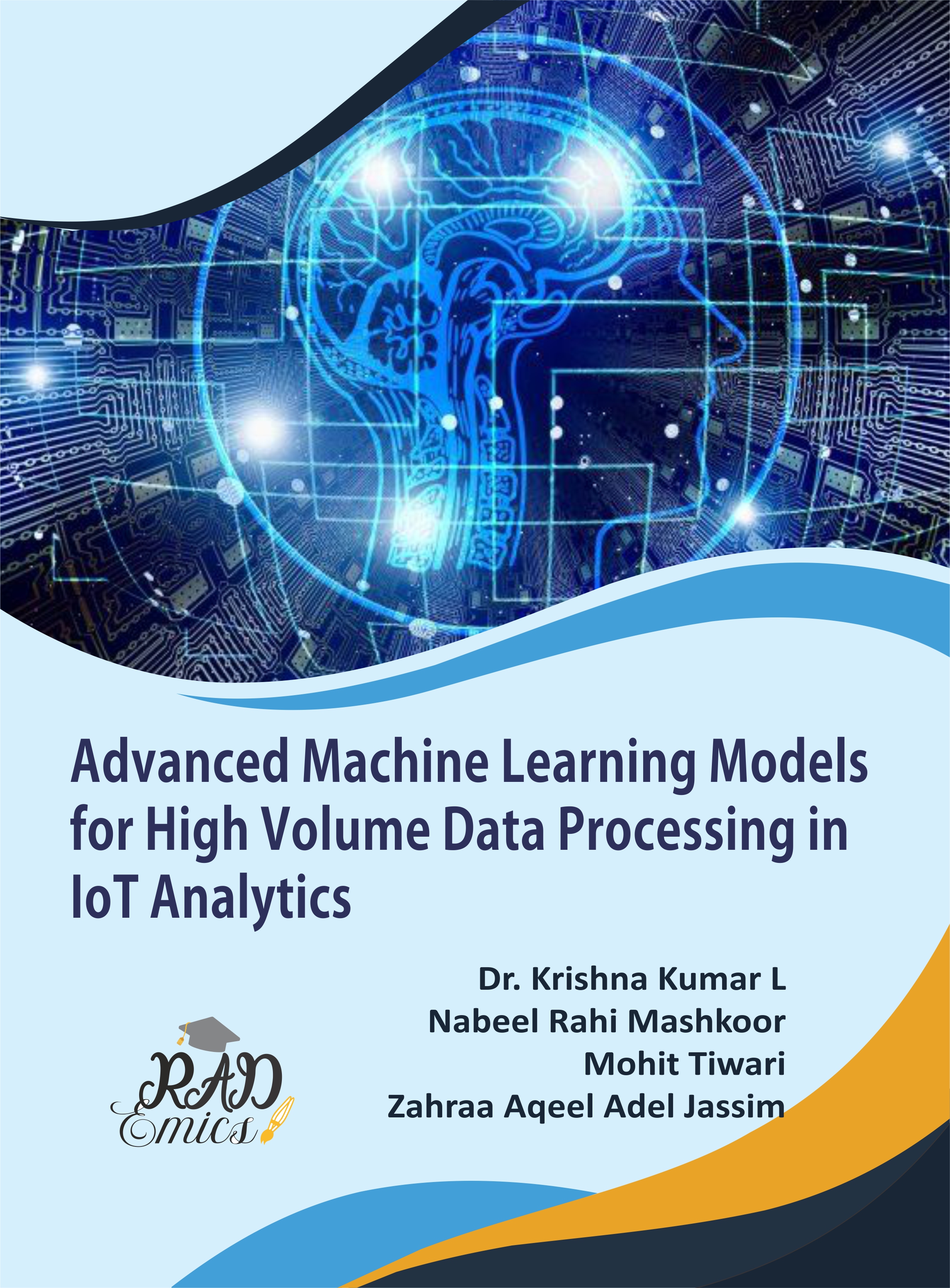
Abstract
The rapid proliferation of IOT devices has transformed various sectors, necessitating advanced approaches for managing and processing vast volumes of real-time data. This book chapter delves into the intricate landscape of real-time data processing and stream analytics in IoT systems, emphasizing the evolution and application of different architectural frameworks. It provides a comprehensive exploration of centralized, edge, fog, and hybrid architectures, each offering unique advantages and addressing specific challenges in scalability, latency, and data management. Key topics include the utilization of AI-enhanced architectures for optimizing resource management, the deployment of distributed systems in smart grids and environmental monitoring, and the integration of real-time analytics in smart healthcare and industrial IoT environments. Through detailed case studies and practical applications, this chapter underscores the significance of architectural innovation in enhancing the efficiency and effectiveness of IoT systems. Critical discussions focus on overcoming challenges related to data consistency, security, and system scalability. This chapter serves as an essential resource for researchers and practitioners aiming to advance the field of IoT data processing and analytics.
Introduction
The IOT has revolutionized the way data was collected, processed, and utilized across various sectors, from smart cities and healthcare to industrial applications and environmental monitoring [1]. With billions of interconnected devices continuously generating vast amounts of data, traditional data processing methods face significant challenges in terms of scalability and real-time analysis [2]. The sheer volume and velocity of IoT data necessitate innovative approaches to ensure timely and accurate insights [3,4]. As the scale and complexity of IoT systems grow, addressing the inefficiencies of conventional data processing paradigms becomes increasingly critical to maintaining operational effectiveness and leveraging the full potential of IoT technologies [5].
To address the challenges associated with real-time data processing, various architectural frameworks have been developed [6]. Centralized architectures leverage cloud computing to aggregate and analyze data from diverse IoT sources [7,8]. This approach benefits from powerful computational resources and extensive storage capabilities but often struggles with latency issues due to the distance data must travel [9-11]. Conversely, edge computing brings data processing closer to the source, reducing latency and enabling faster decision-making [12]. Edge architectures are particularly effective in scenarios requiring immediate responses, such as in autonomous vehicles or real-time health monitoring systems [13]. Fog computing introduces an intermediate layer between edge devices and the cloud, aiming to combine the benefits of both approaches while mitigating their respective limitations [14-16].